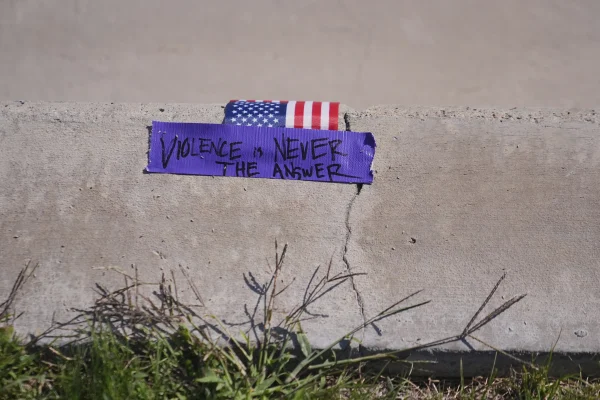A contemporary response to “Paris is Burning” (on Netflix)
Transgender youth in Harlem, New York used to have a home. It wasn’t just one big orphanage for what the general public would consider the weirdest of the weird. It also wasn’t just an apartment people could get into through a reputable landlord and a security agreement.
For many of New York’s transgender youth, they found a home through the “Ball” scene: The fashion contests orchestrated specifically for the purpose of fulfilling the desires of those who never in their life felt normal. Its participants were almost exclusively LGBTQIA+ African-American or Latino men.
Balls are like big fashion contests where every category, from military regalia to the most convincing woman, were judged.
If you watched “Paris is Burning” with the same goal in mind as I did, you’d find that this short time period in LGBT American history seemed great. People had an avenue to express themselves and had a group they could relate with through competition.
And one of the most heart-wrenching things to see for me is that they had a family. The youth bracket is almost consistently told to leave their own homes find a family in the pseudo-fashion houses of the Ball scene.
But it’s revealed later in the documentary that they don’t enjoy everything. Venus Xtravaganza, who took her name from one of the pseudo-fashion houses, tells viewers that she could never be comfortable until she was able to save enough money for a gender-reassignment surgery.
Even with her family in House of Xtravaganza, she didn’t feel right. Mostly because a normal love life, for her, meant consistently being victim to attempted murder until she eventually became a member of an under-reported statistic of transgender killings.
So looking at this documentary, you can find that some of the major issues – homelessness, violence, drug abuse – are still consistent problems plaguing the transgender community. But the film helped spark another set of problems.
For sake of argument, let me ask; have you ever used the term “vogue?” What about “throwing shade” or “fierce.” You know where those terms come from, right? No, Taylor Swift is not the person who started using “fierce” first. It was the Harlem ball culture.
The popular use of these terms have been sucked out of the Harlem Ball culture with almost no credit toward its cultural origination. But while I’m here for more than just making you feel weird about using the terms, I’m mostly here to say that the Ball scene was made into a spectacle, rather than a cultural milestone.
The culture in this film found much of their cultural idiosyncrasies were taken from them without offering any real opportunity. Their culture was not normalized in any way, giving its participants opportunities most normal people find at birth.
Let me ask you this, have you ever seen a drag queen outside of bingo? As much as the documentary had immense social value, it ultimately created a spectacle out of an extremely vulnerable culture.







